Simone Veil is an exceptional woman who has marked several generations of French people. Her courage and her strength helped her through the trials to bring her to the highest distinctions of the Republic and Europe.
The Town Hall has decided to pay tribute to him by organizing an exhibition, « We love you, Madame ». It will be held at Salle St-Jean from May 28 to August 21, 2021.
Why this title?
The title of the exhibition takes up the phrase from Jean d’Ormesson’s welcoming speech in 2010, addressing the politician and popular woman Simone Veil. She had just joined the « Immortals » in 2008, taking over the seat (n ° 13) from Pierre Messmer.
« I lower my voice, we could be heard: like the vast majority of French people, we love you, Madam, » he said.
The course of the exhibition
The curators of the exhibition are:
Constance de Gaulmyn, heritage curator at the National Archives and responsible for the Simone Veil collection
Olivier Rozenberg, teacher and researcher in political science at Sciences Po (Paris), specialist in French and European political and parliamentary life.
They chose a chronological staging of the life of Simone Jacob. It begins with her birth in Nice on July 13, 1927 and ends with her death on June 30, 2017. She will then be buried with her husband in the Pantheon on July 1, 2018, a year later.
This journey is based on archival documents, personal photos entrusted by the family and public documents made it possible to trace memories of his childhood and then of the deportation and of his private and political life. Collaboration with the National Archives and the European Parliament.
The work of David Teboul
Finally, the visit ends outside with the works of the contemporary artist David Teboul, author of a documentary on the life of Simone Veil in 2004. From May 11 to August 21, a huge neon, installed on the facade of the Town Hall, « L’Aube à Birkenau », retraces the words of Simone Veil: « The trees for me especially on the road in certain journeys, it was very cold and I remember that these trees caught in the ice cream was one of the rare moments when you had a feeling of beauty. » Words she said while visiting Birkenau with David Teboul.
Simone Jacob’s childhood
Simone Jacob was born in Nice on July 13, 1927 in a family of 4 children (3 girls and 1 boy), of which she is the youngest. After the 1929 crisis, the family changed their life. with the arrival of the second world war, the Jacob family, of Jewish origin, declares itself in 1941. The father of the family loses his job as an architect after the establishment of the « numeri clausi » in the liberal professions.
Simone continued her studies at the lycée for young girls in Nice. She has to interrupt them following the Gestapo roundups. The family went into hiding but Simone managed to pass her baccalaureate under the name of Simone « Jacquier » on March 29, 1944. Unfortunately she was arrested the next day. Her mother, her sister Milou and her brother join her. They left all 4 to Drancy then convoy n ° 71 brought the 3 women to the Auschwitz-Birkenau extermination camp then to Bergen-Belsen. Her mother died in March 1945, the English released her on April 15. Her other sister Denise was in the Ravensbrück camp for acts of Resistance. She will not see her father or her brothers again, both deported in May 1944, to the East (Lithuania-Estonia) where they died.
His studies
Back in France, her bac in her pocket, she decided to enroll in the law faculty and the Institute of Political Studies in Paris. In 1946, she met at Sciences-Po, the one who would become her husband, Antoine Veil. They married on October 26 and had 3 children (Jean, born in 1947, lawyer; Claude-Nicolas (1949-2002), doctor; Pierre-François, born in 1954, lawyer).
The Magistracy
Between 1949 and 1953, the Veil family lived in Germany. Back in France following Antoine’s admission to ENA, Simone Veil joined the school of magistrates in 1956. She visited prisons between 1957 and 1964. Improving the living conditions of prisoners, particularly women, was her main concern. She even carried out a mission in Algeria n 1959.
Family law became his specialization after his appointment in 1963 to the Department of Civil Affairs. She joined the cabinet of the Keeper of the Seals in 1969 then became, a year later, the first female secretary general of the Superior Council of Magistracy (CSM).
Minister
Simone Veil was the first woman minister of the Fifth Republic. After a stint at the ORTF in 1972 as an administrator, she became Minister of Health in the Chirac government between 1974 and 1976. She immediately worked on the decriminalization of abortion promised by Giscard d’Estaing. In 1975, the « Veil law », which guarantees access to IGV for women, was passed. It also works for families, the elderly and disabled and hospitalized patients.
Chairman of the Nuclear Power Information Council in 1977, she returned to her post as Minister of Health, in charge of Social Security (1976-1979)
In 1993, Edouard Balladur asked him to occupy the post of Minister of Social Affairs, Health and the City. She will occupy it until 1995, continuing the policy begun 20 years earlier. It is committed to the fight against AIDS and is developing an emergency plan for urban neighborhoods in difficulty.
The European Parliament
In July 1979, she was elected at the head of the European Parliament, in Strasbourg on the list The Center for Europe. Seeing a former deportee at the head of the Strasbourg assembly is a great symbol. It is committed to human rights and to bringing European values to life on the international scene. She will be elected 3 times and will remain President for 14 years (1979-1993); After that, she will then occupy various positions within the committees and the Liberal group.
Its European presidencies
- The European Parliament (1979-1982)
- The Legal Commission (1982-1984)
- The liberal, democratic and reformist group (1984-1989).
- In 1985, she retired from magistrate
- The French committee for the European Year of the Environment (1987)
- The European Committee for the European Year of Cinema and Television (1988).
His other mandates
Chairman of the High Integration Council (1997-98).
Member of the Constitutional Council (1998-2007). Simone Veil leaves active politics to become a moral authority listened to by all. She is the second woman to return there after Noëlle Lenoir, former magistrate.
Chairman of the Steering Committee of the Trust Fund for Victims of the International Criminal Court (2003-2009)
Honorary President of the new Estates General of Women in 2010, 40 years after the first.
The Memory of the Shoah
President of the Foundation for the Memory of the Shoah between 2000 and 2007. Simone Veil began to speak about deportation and the duty to remember in the 1970s. She is present during many debates:
– the anti-Semitic attacks in France
– the trials of World War II criminals
– the first successes of the National Front.
In 2004, Simone Veil agreed to return to Auschwitz with her children and grandchildren. In freezing cold, in the snow, she returned there for the first time, showing the barracks where she lived with Snowy and her mother, the location of the crematoria … She will be present in 2005 at the commemoration of the liberation of the camp.
The French Academy
On March 18, 2010, Simone Veil entered the Académie Française. It occupies the seat of Pierre Messmer and Racine. On his Immortal sword are engraved the registration number that had been inscribed on his arm at Auschwitz [number 78 651], as well as the mottos of the French Republic and the European Union: « Liberté, Égalité, Fraternité » and « In varietate concordia ». She thus becomes a republican icon. Three presidents are present: Valéry Giscard d´Estaing, Jacques Chirac and Nicolas Sarkozy. At 82, she is still one of the favorite personalities of the French.
Death and transfer to the Pantheon
After the death of her husband in 2013, the appearances of Simone Veil are very rare. She died on June 30, 2017 and President Macron announced the transfer of her body and her husband to the Pantheon. The ceremony takes place 1 year later. Artist David Teboul creates a sound and visual work in 5 paintings:
– The Kaddish will be said on my grave (Text and Voice by Simone Veil, recorded in 2004 during the trip to Birkenau).
– Minute of silence, Dawn in Birkenau.
– Trees in Birkenau: installation of 2 works (neon and photography) in the Panthéon
– Simone Veil confides (sound installation outside and inside the Panthéon – duration 9h)
– One night at Birkenau (outside and inside – duration 6 hours).
Share this content:




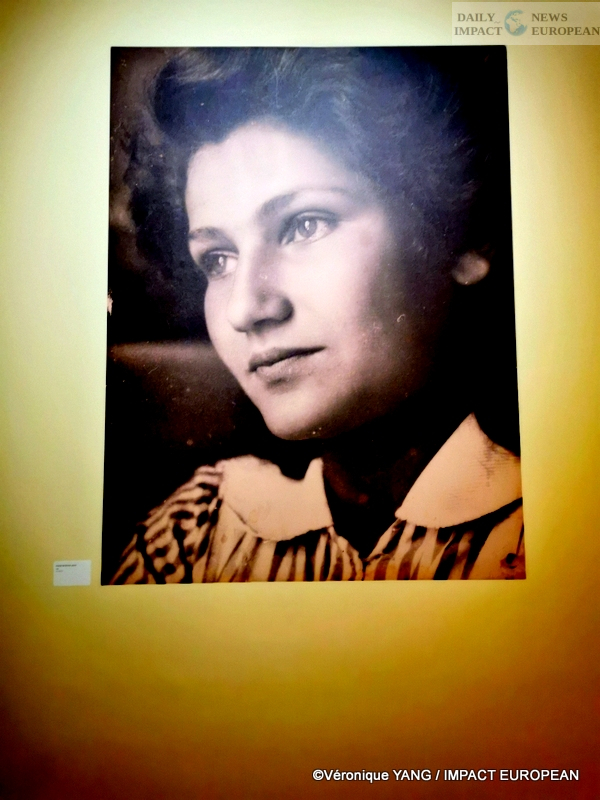
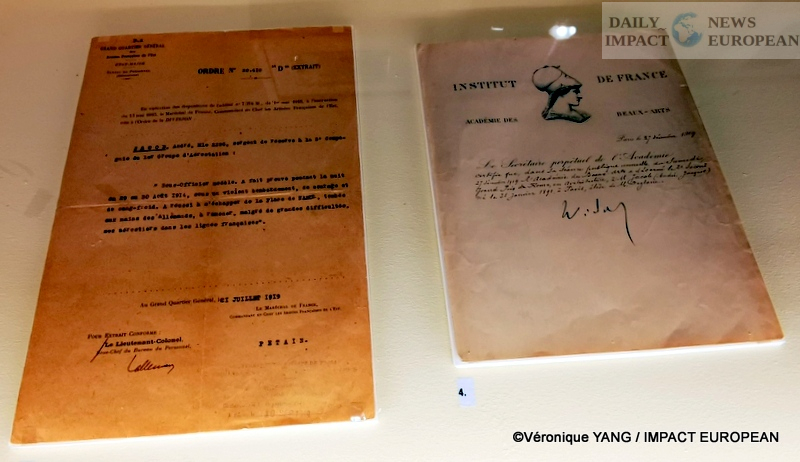
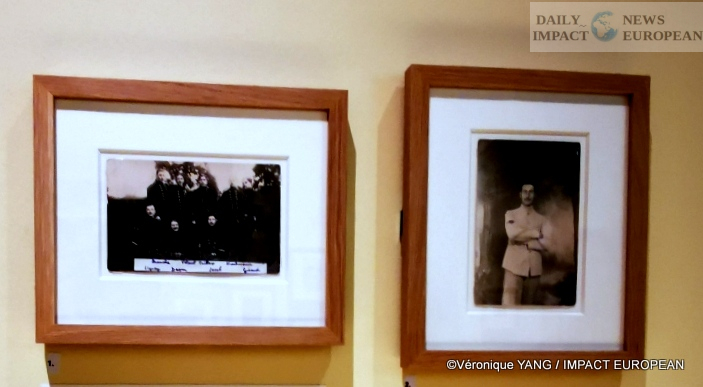
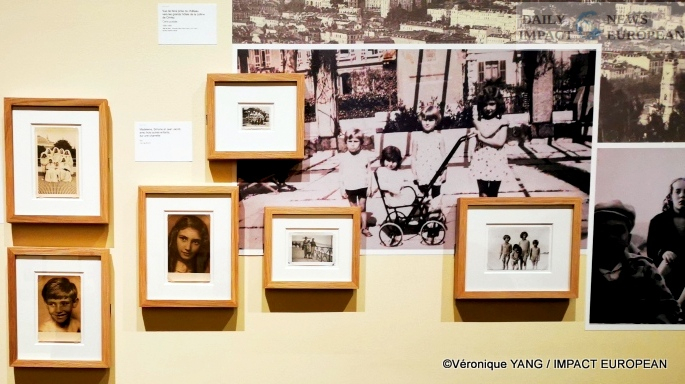
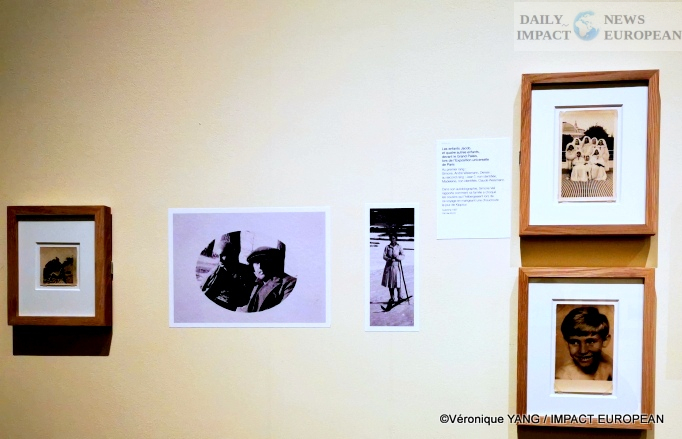
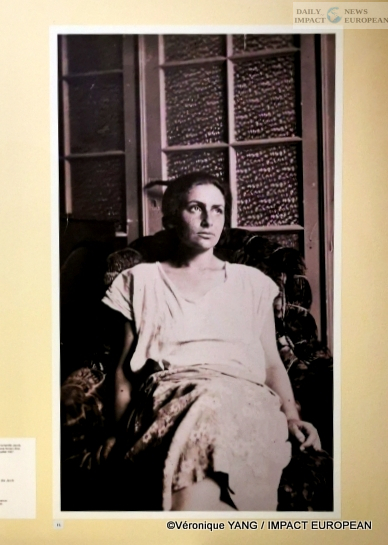
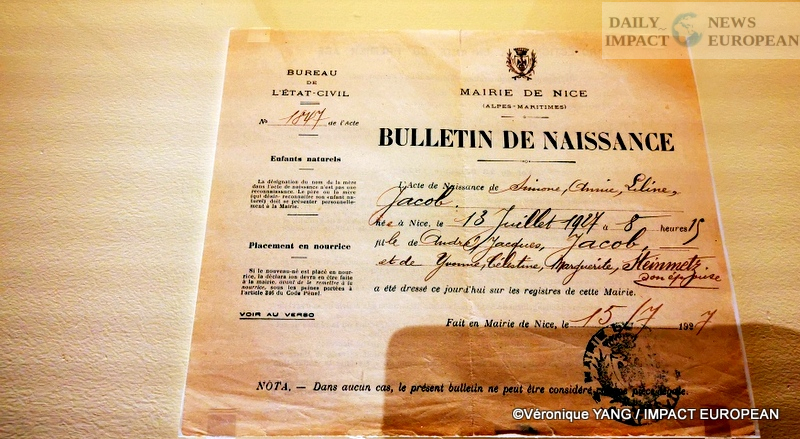


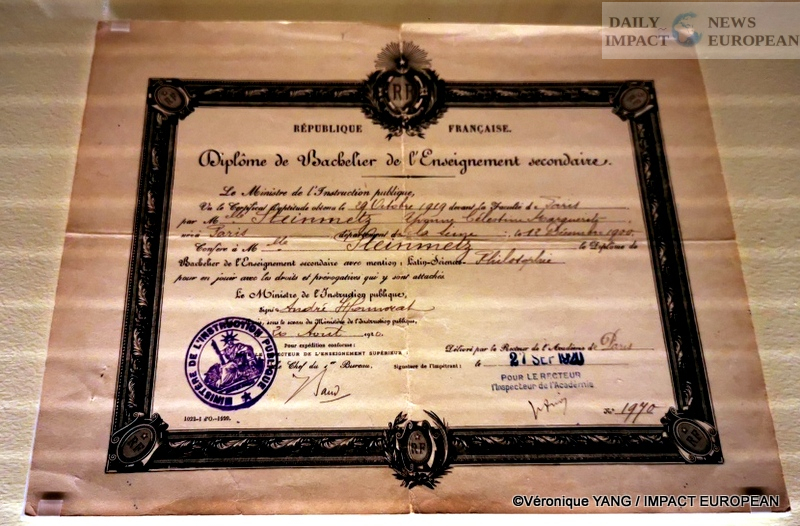
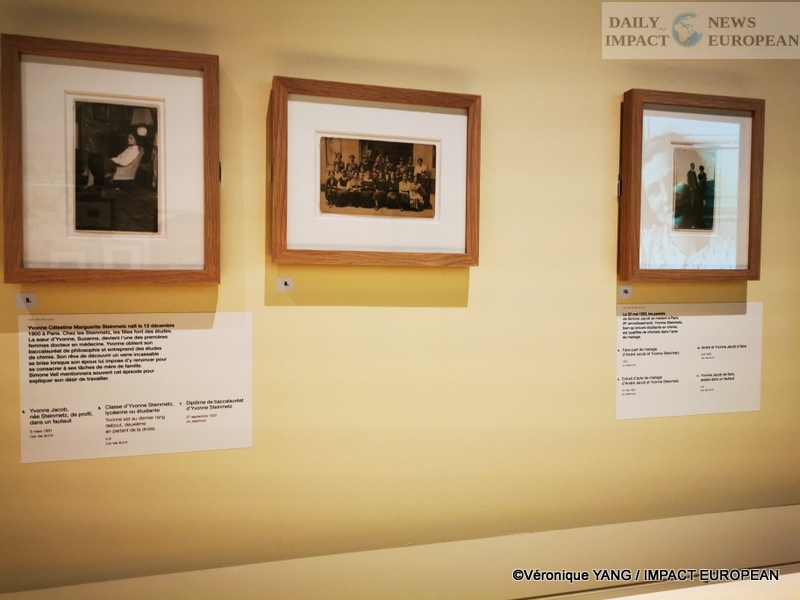

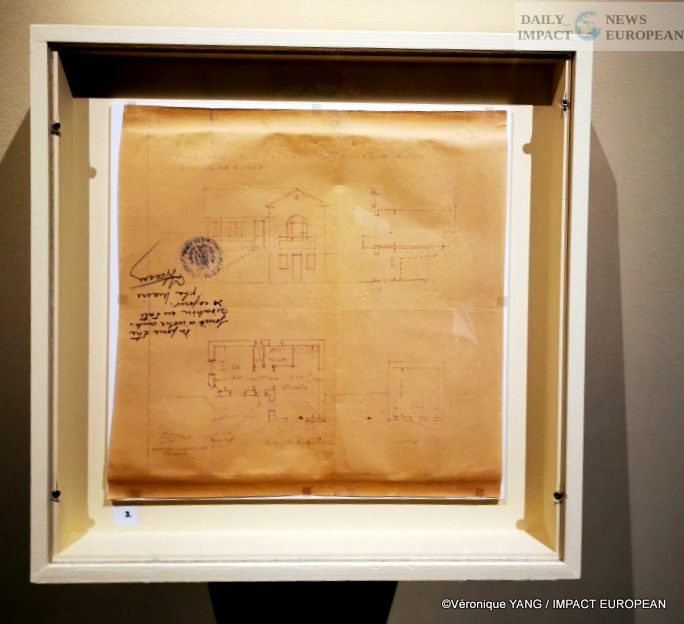
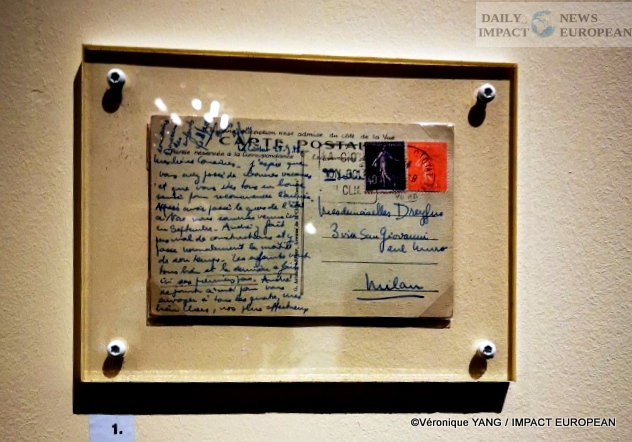
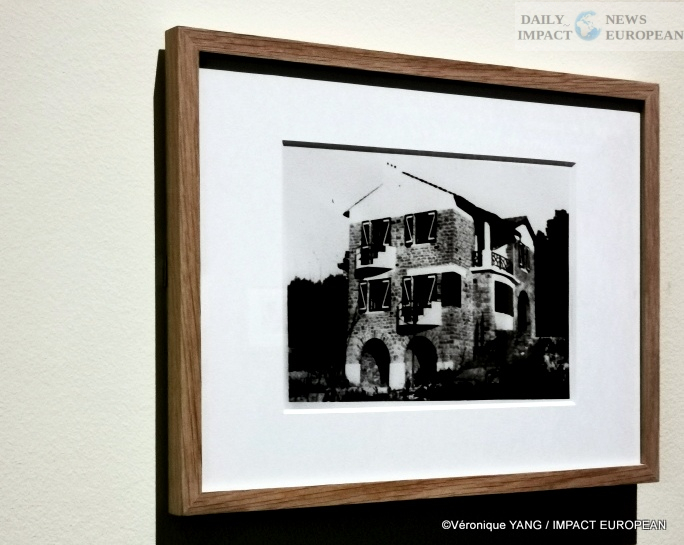
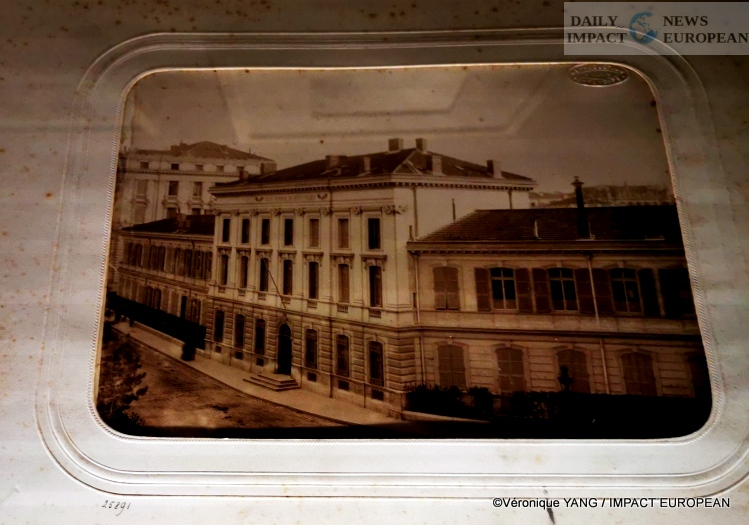
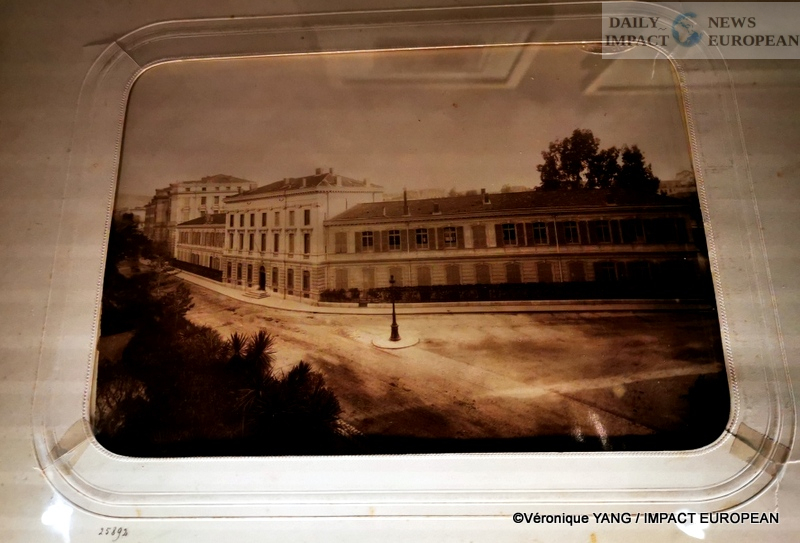
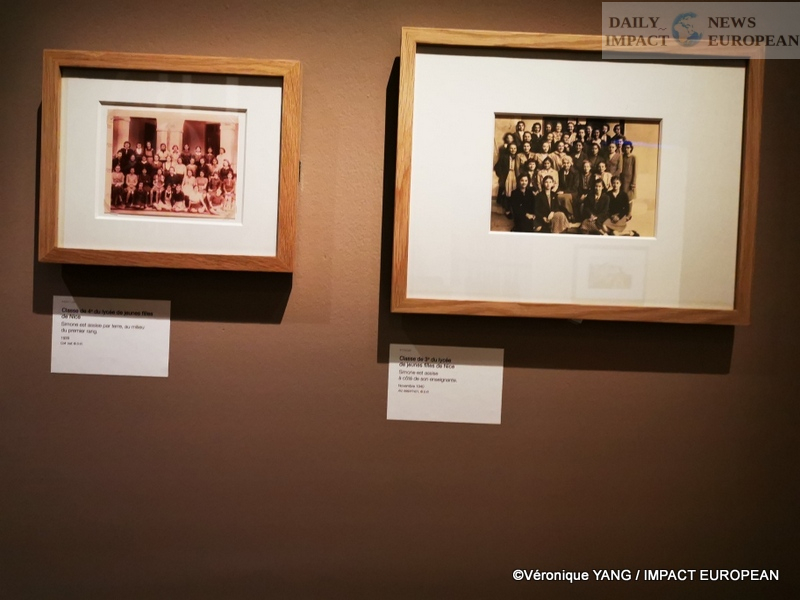
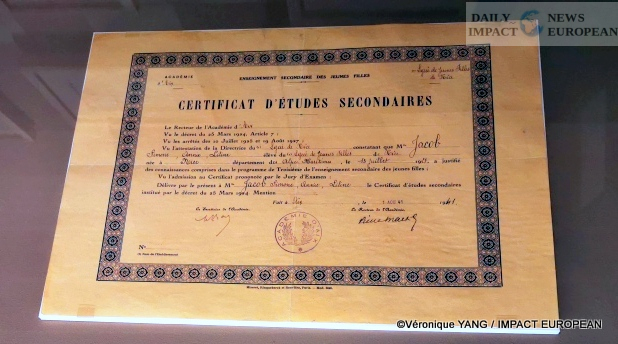
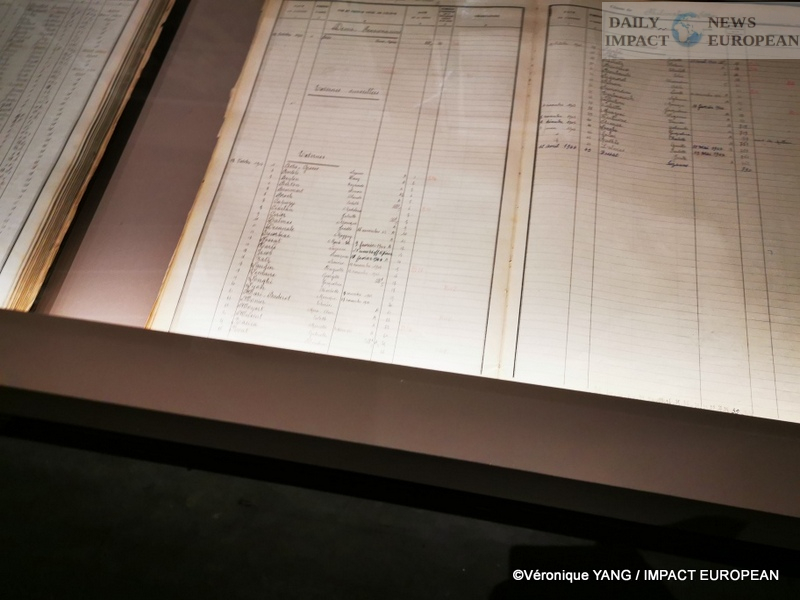
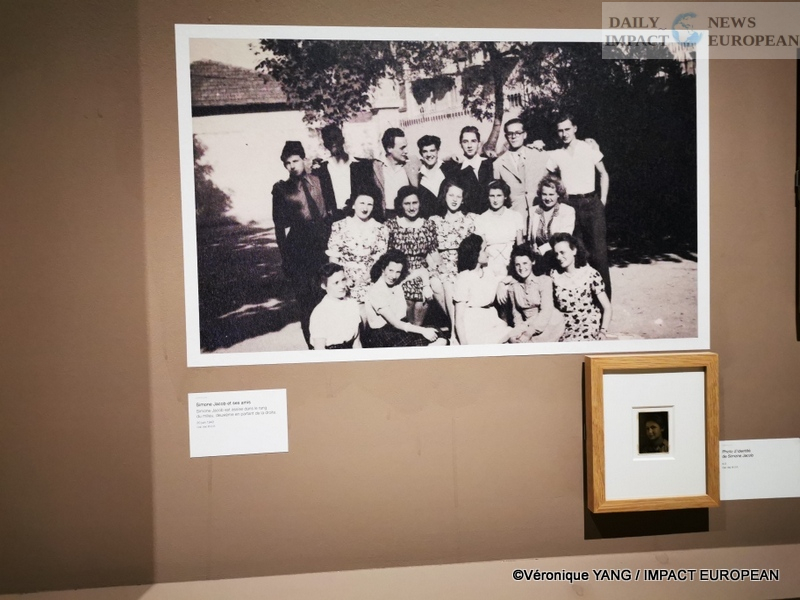

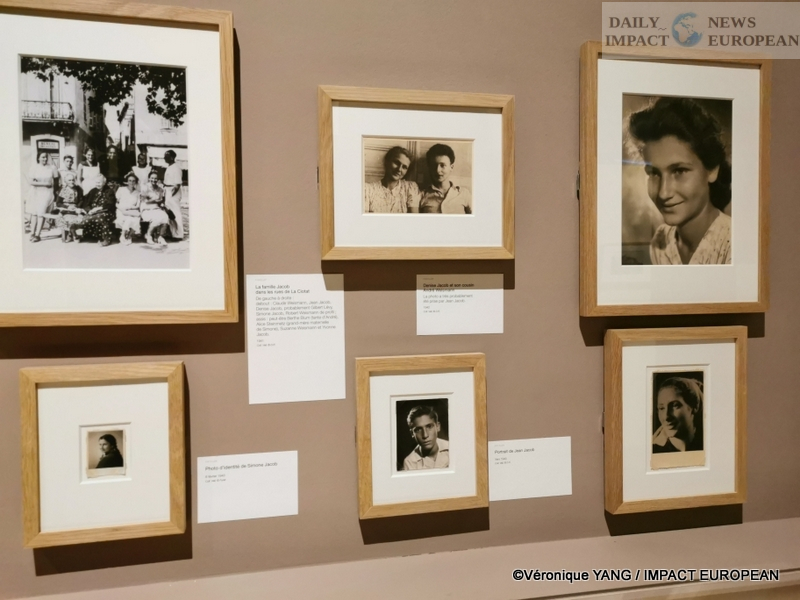
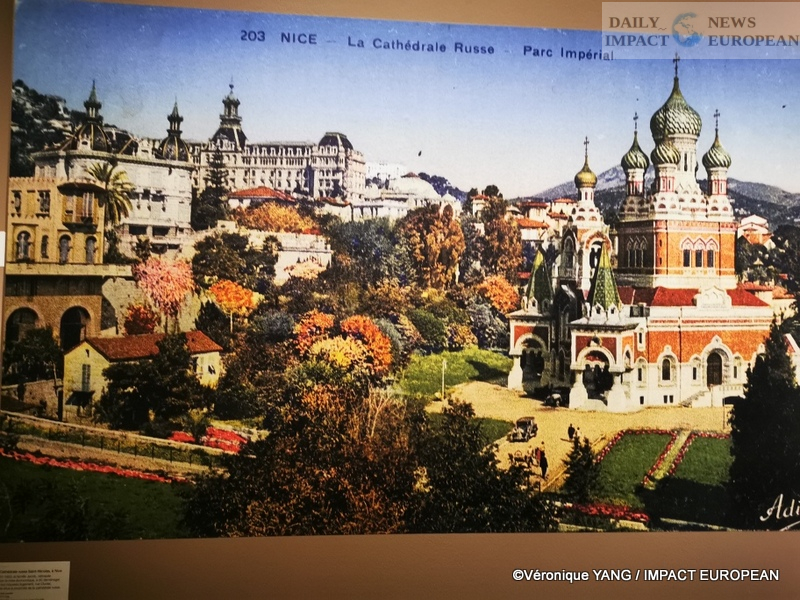
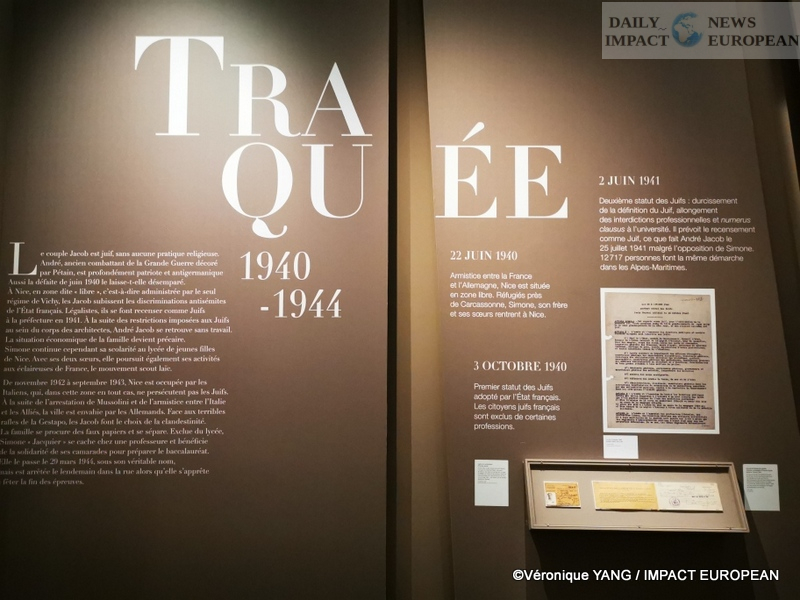
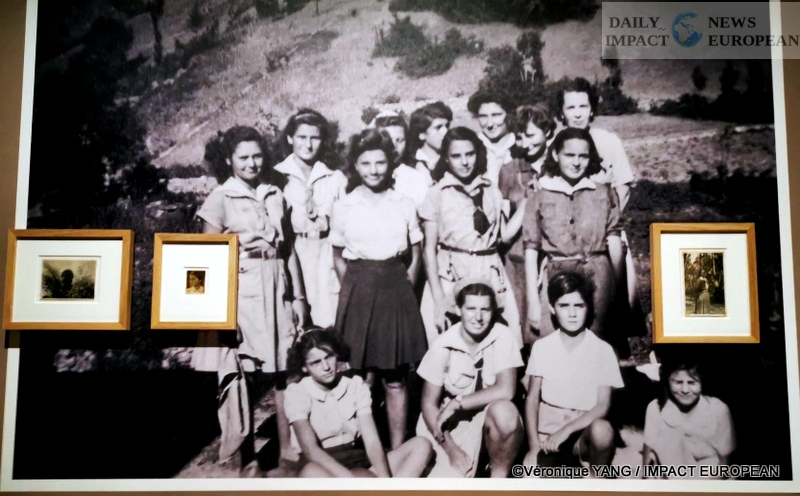
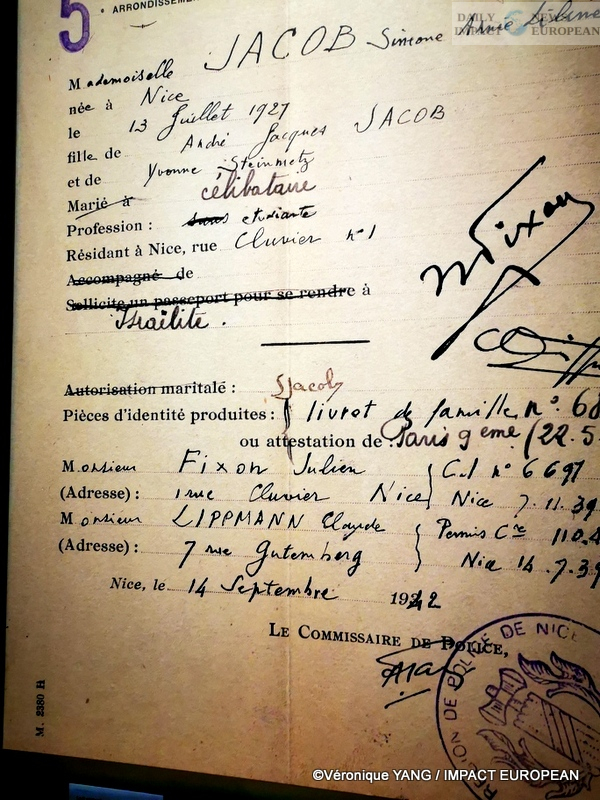
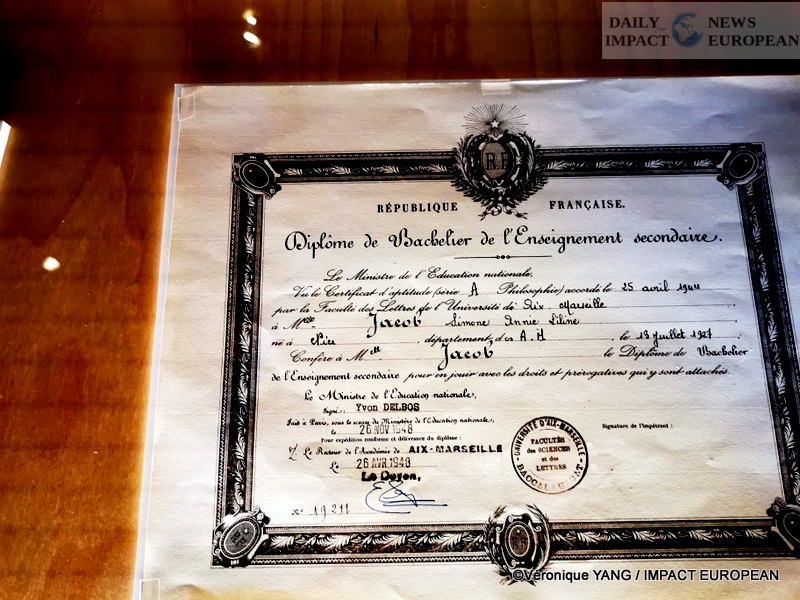
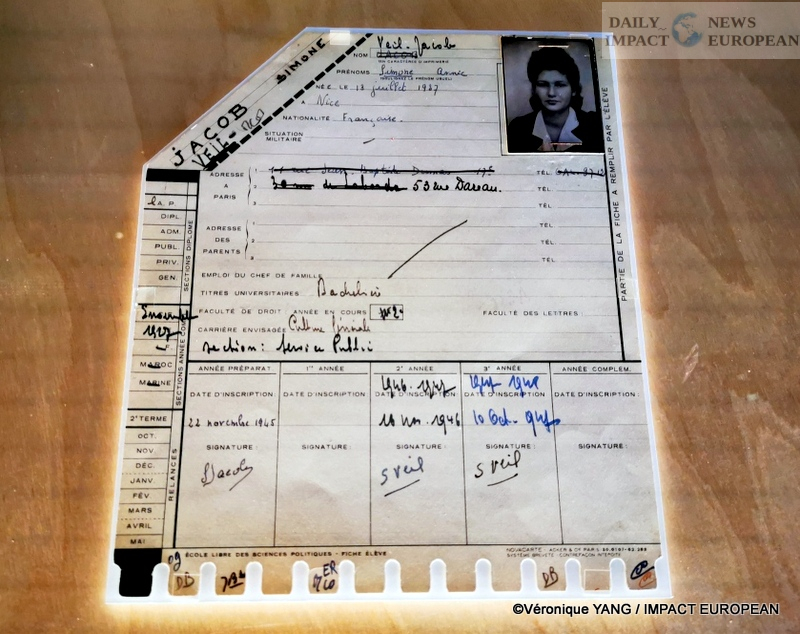
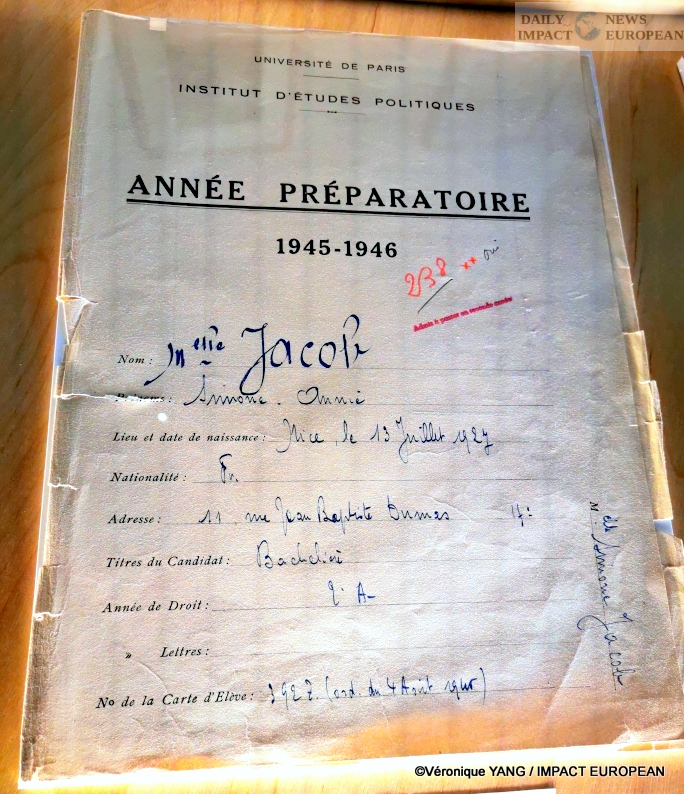
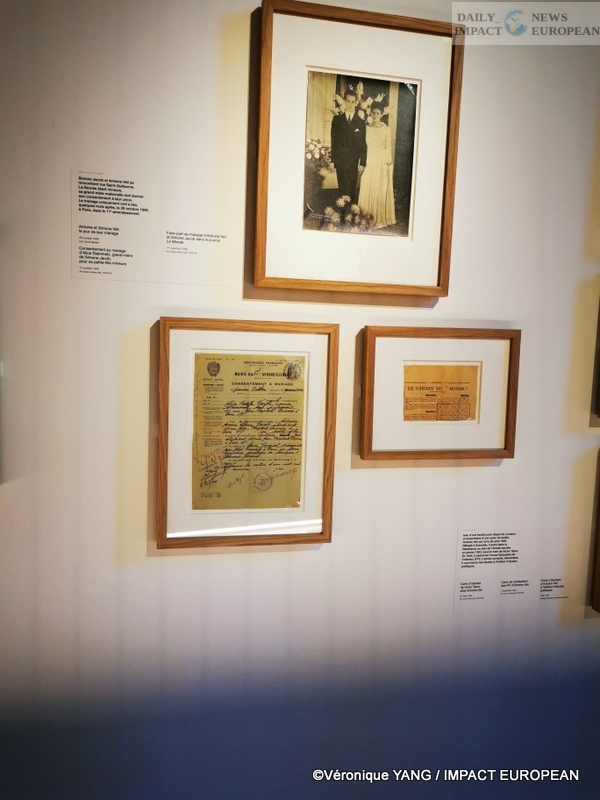
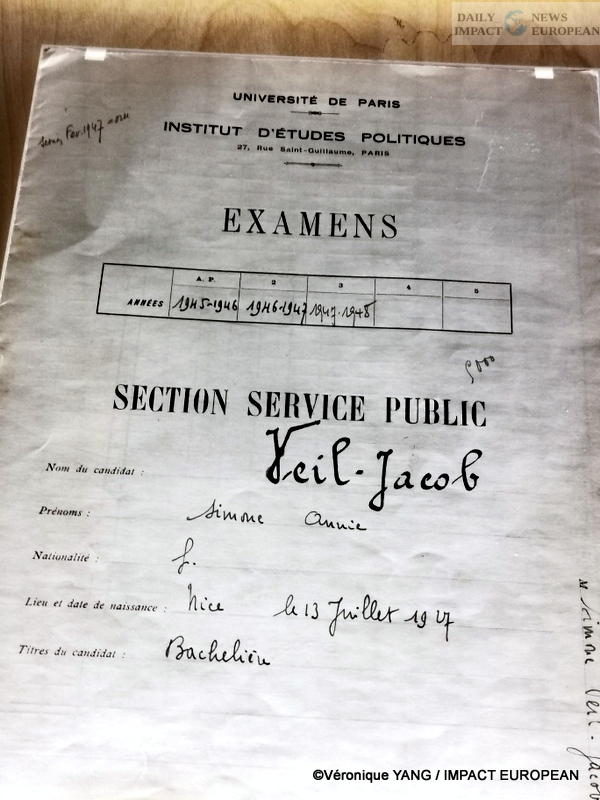

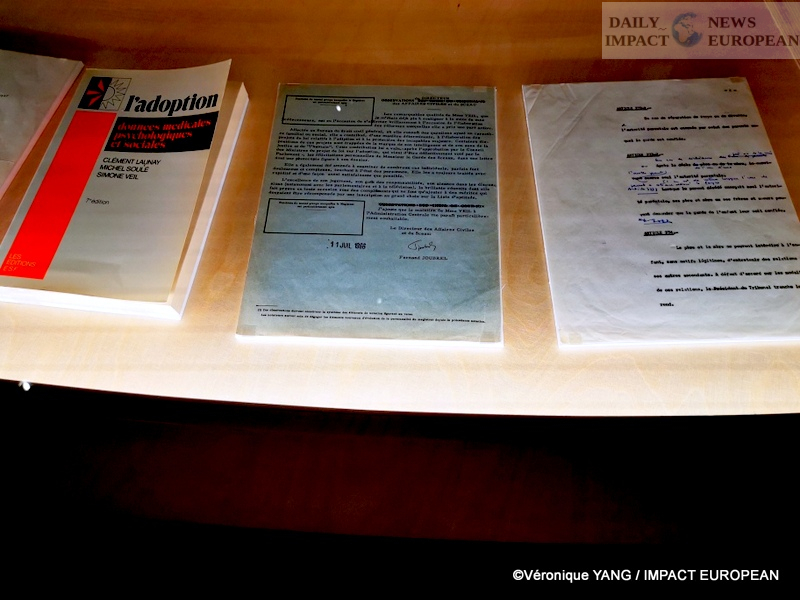
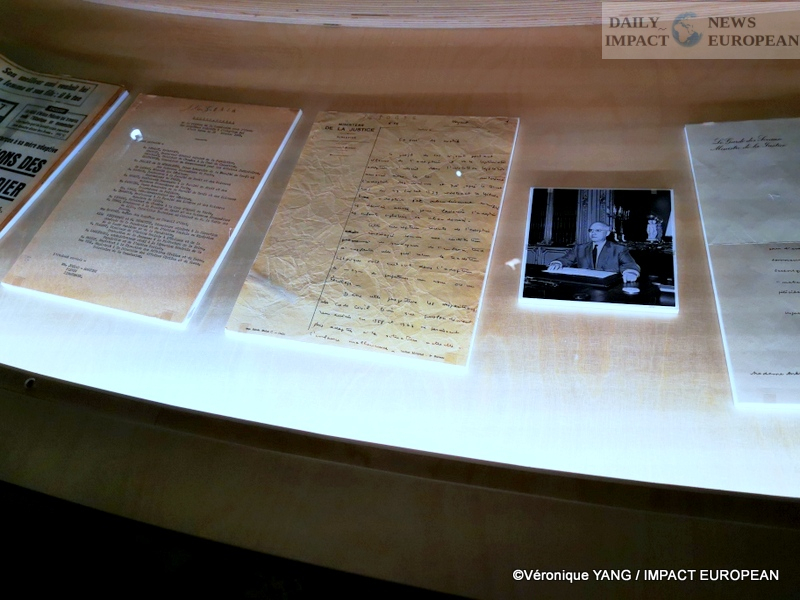
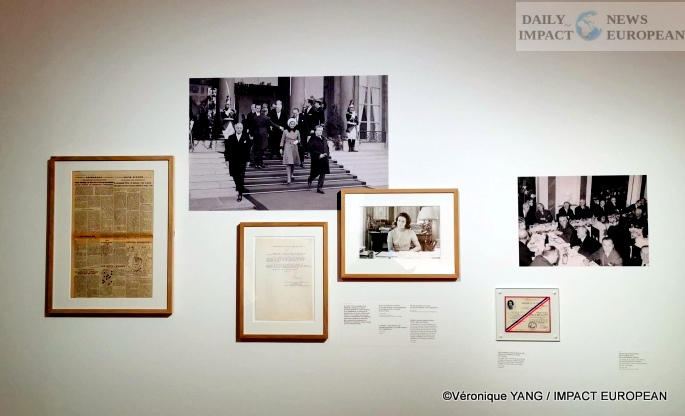

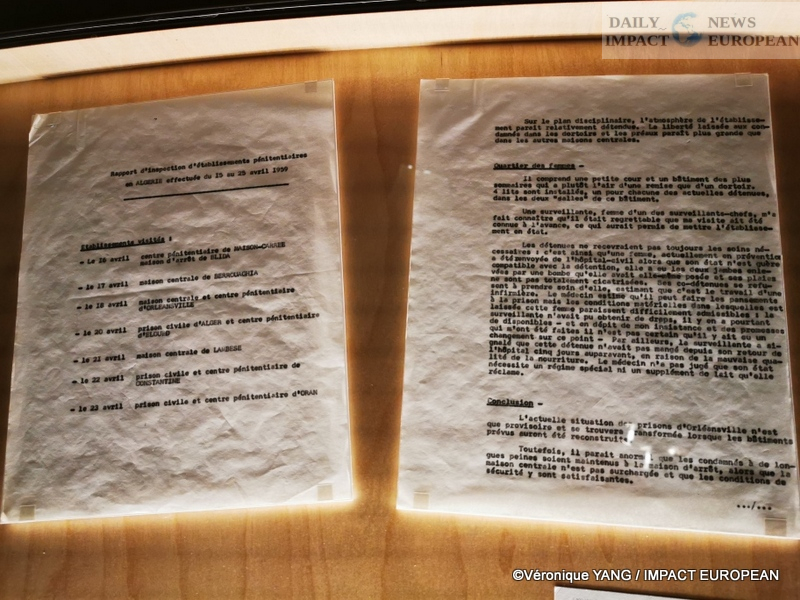
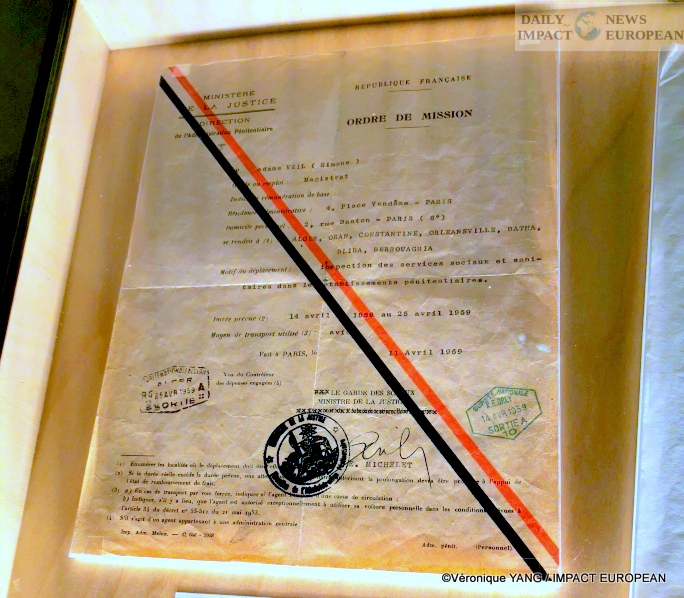
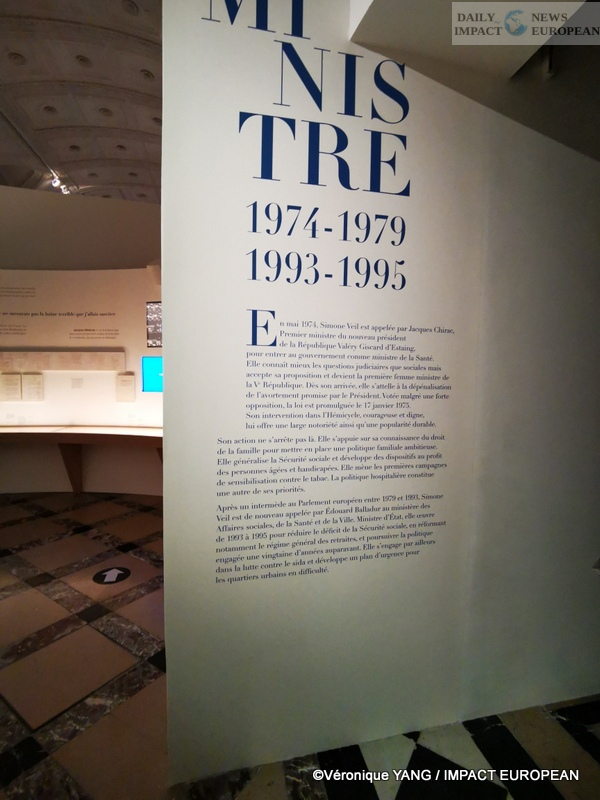
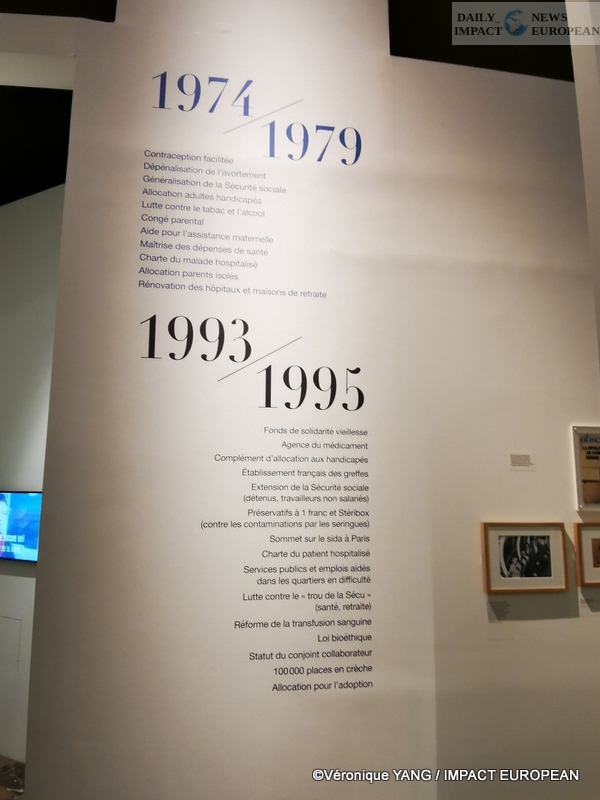
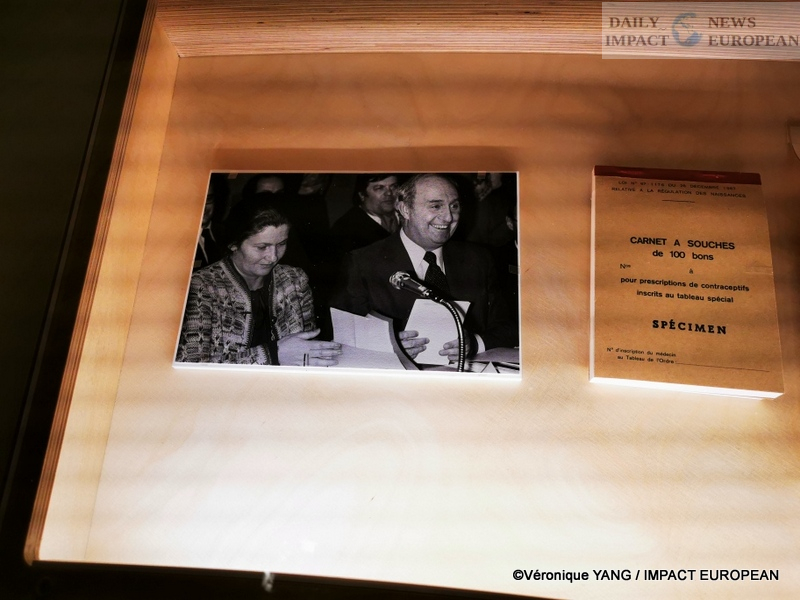
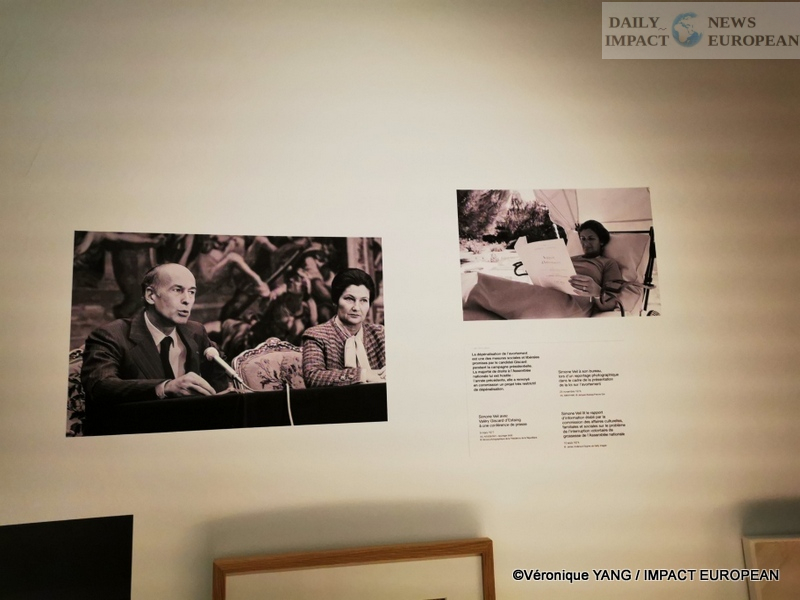
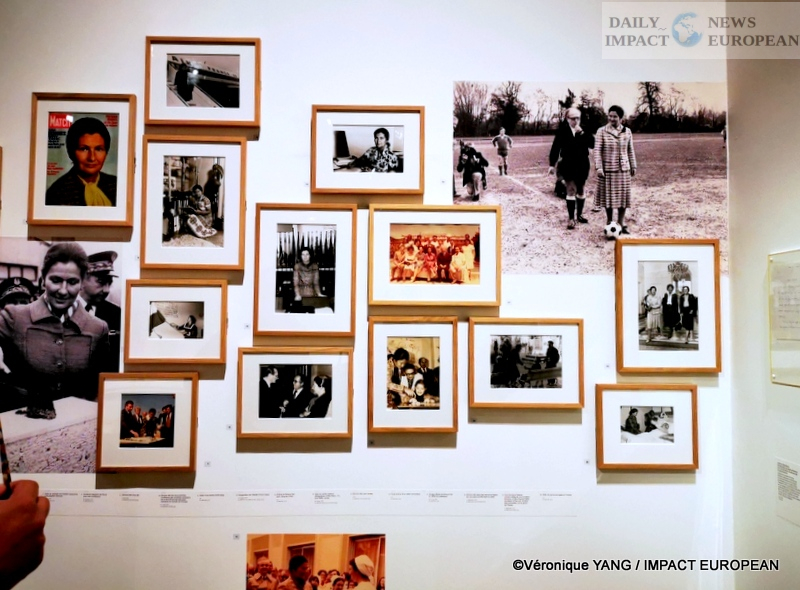
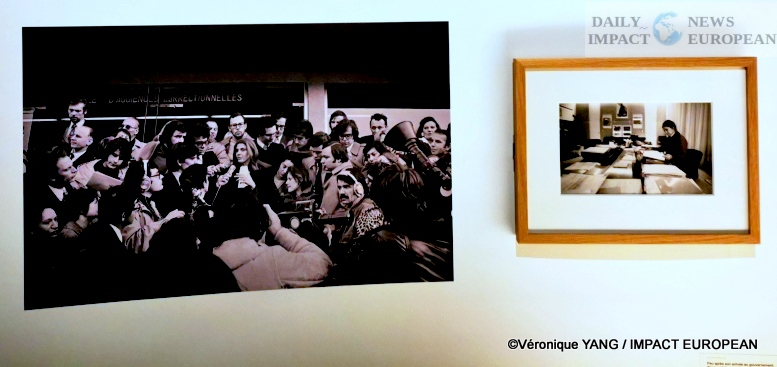
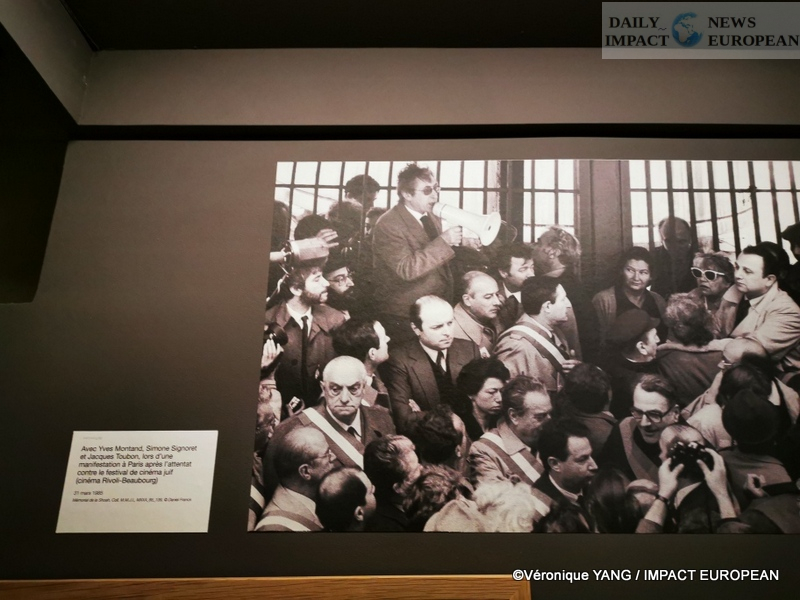
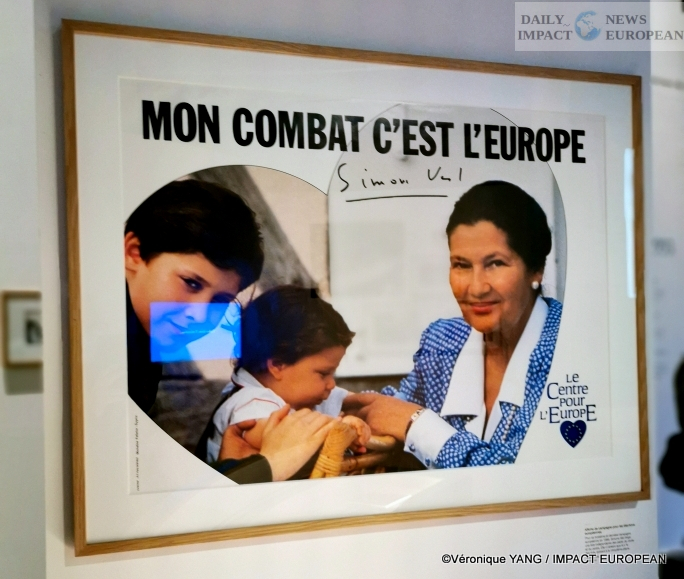
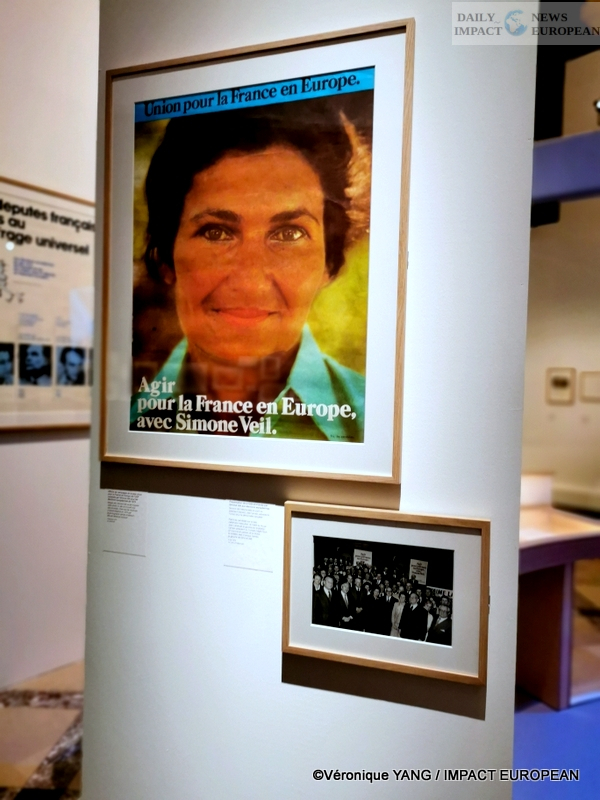
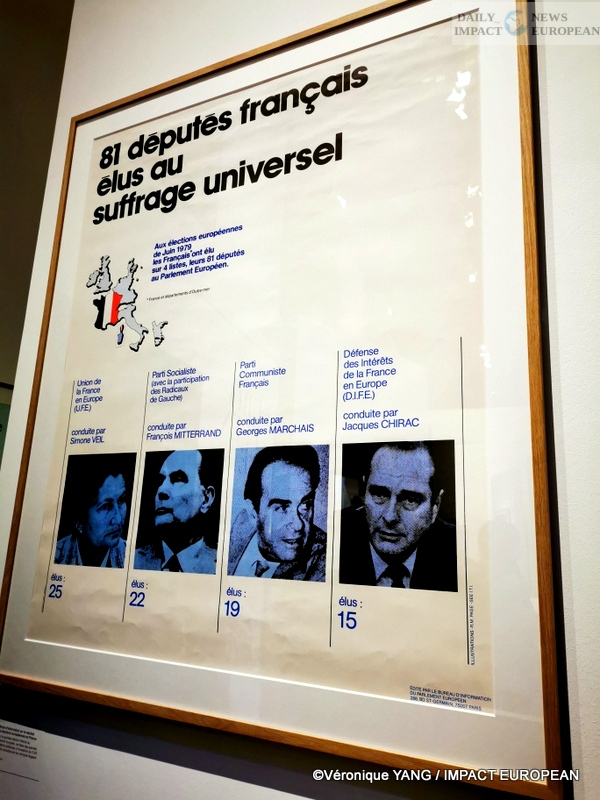

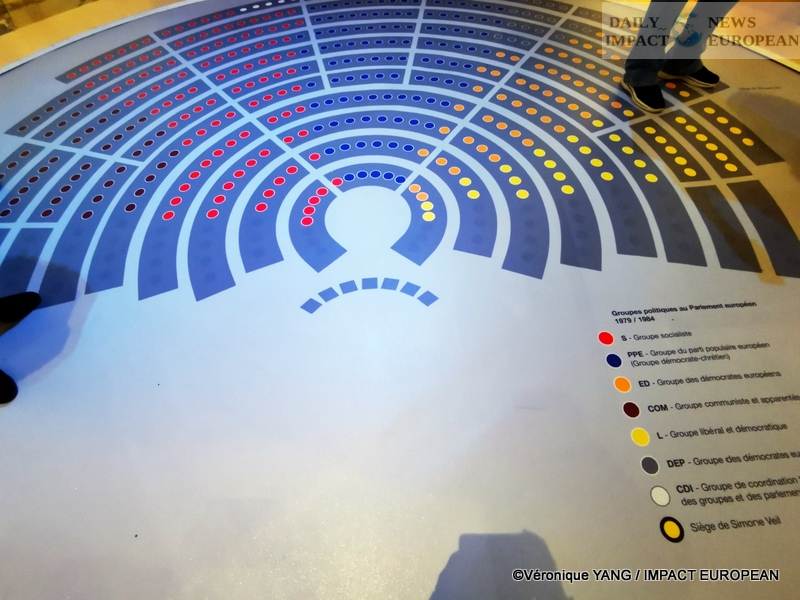
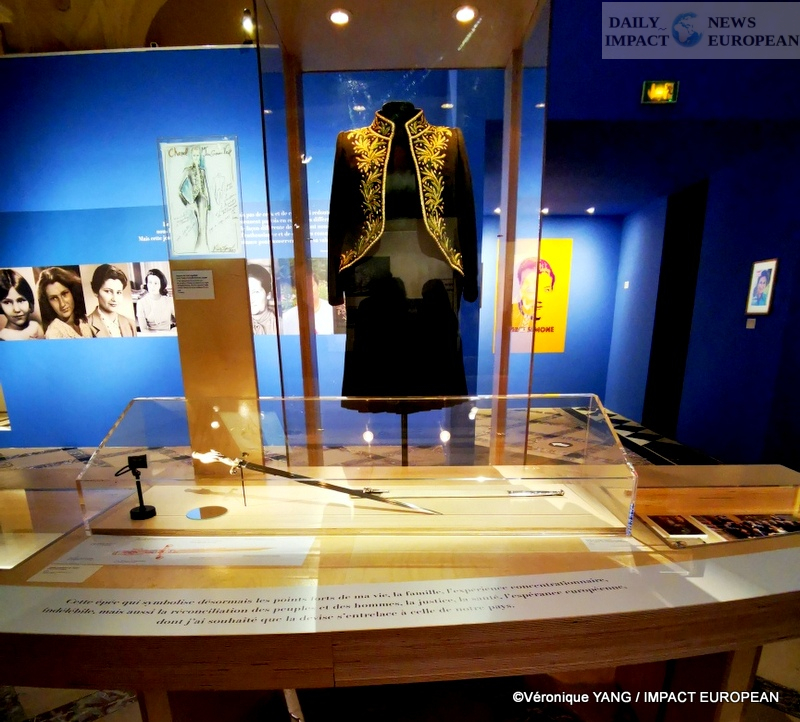
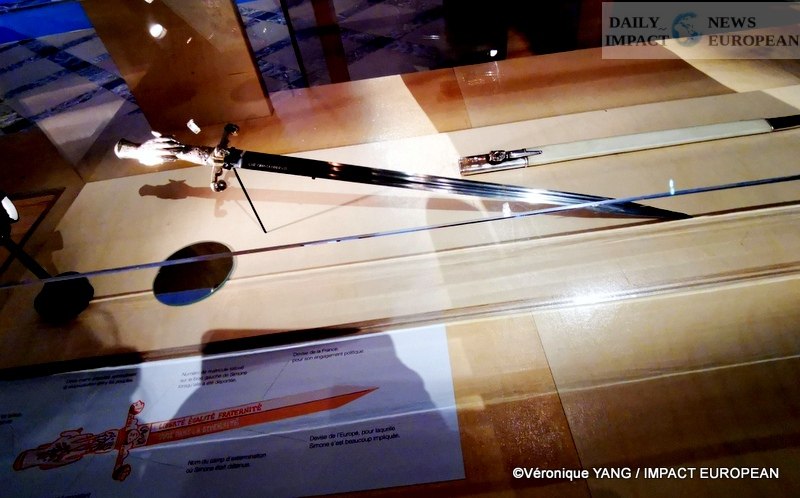
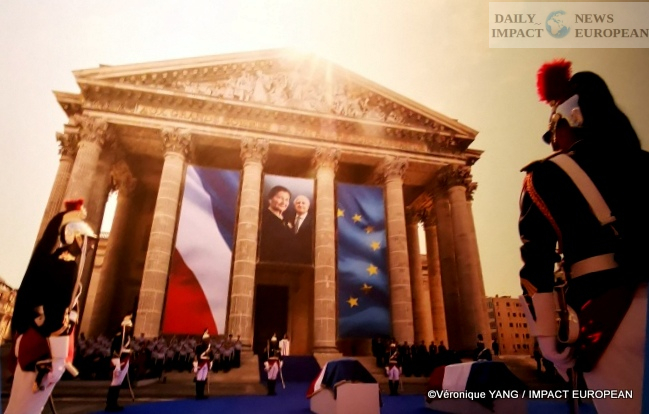
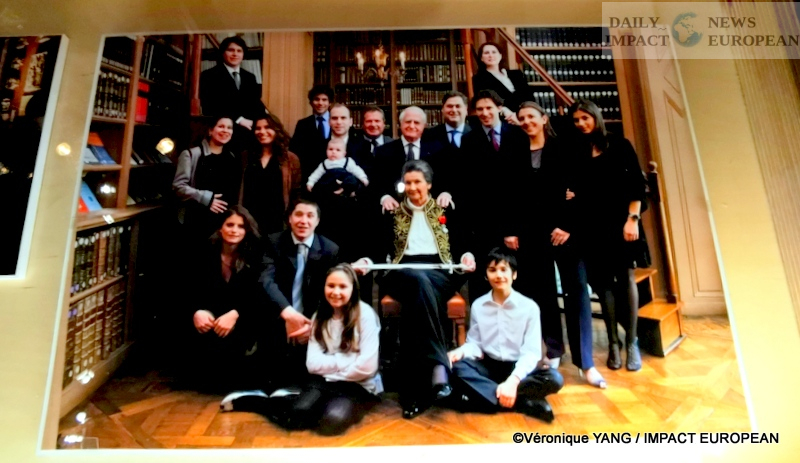
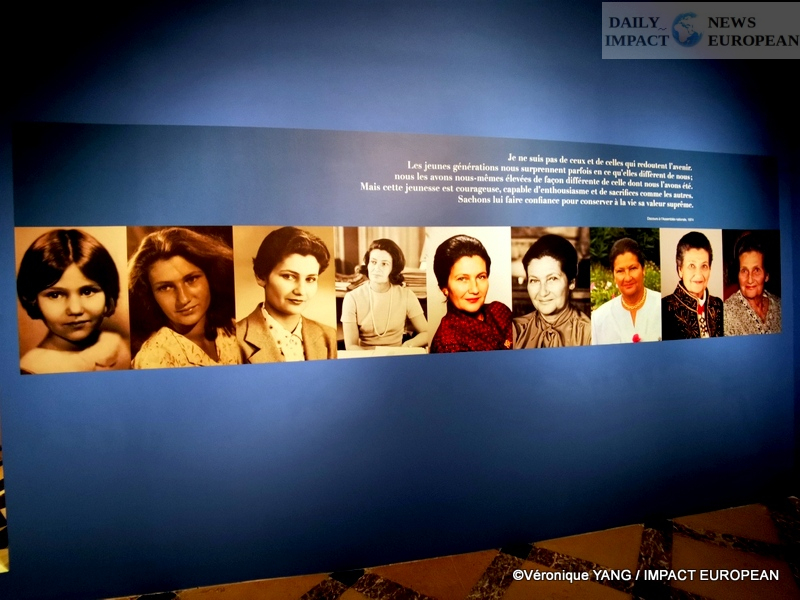
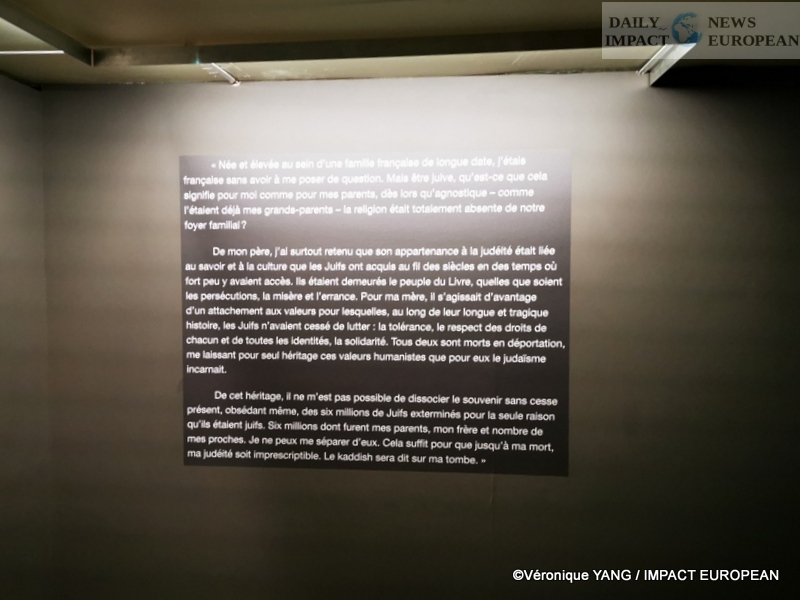
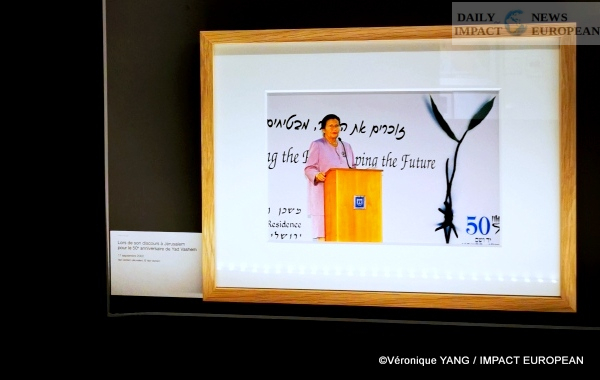
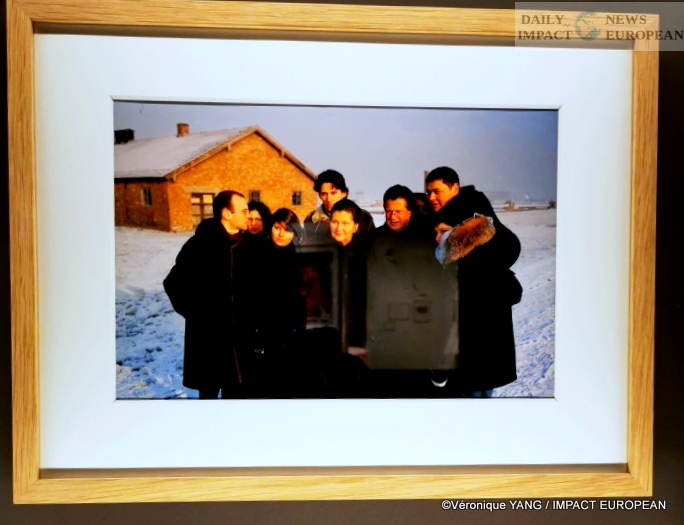

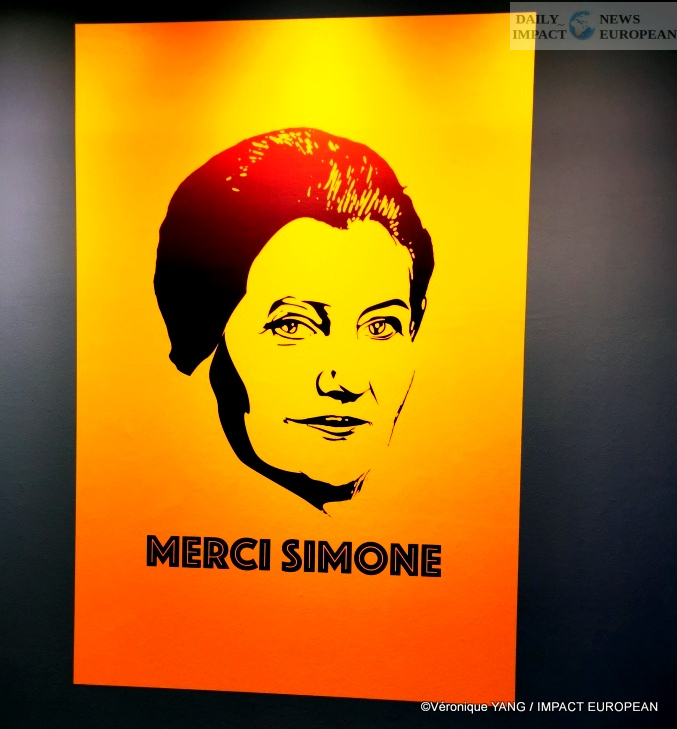
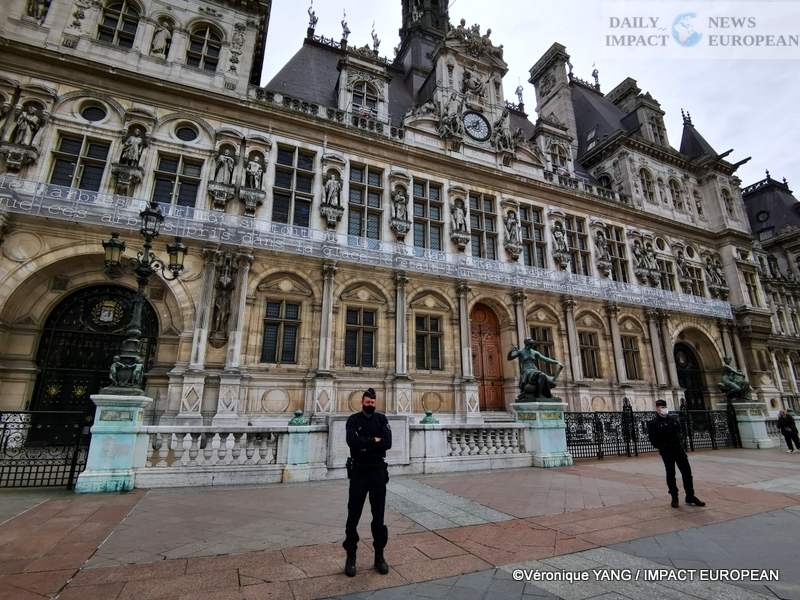
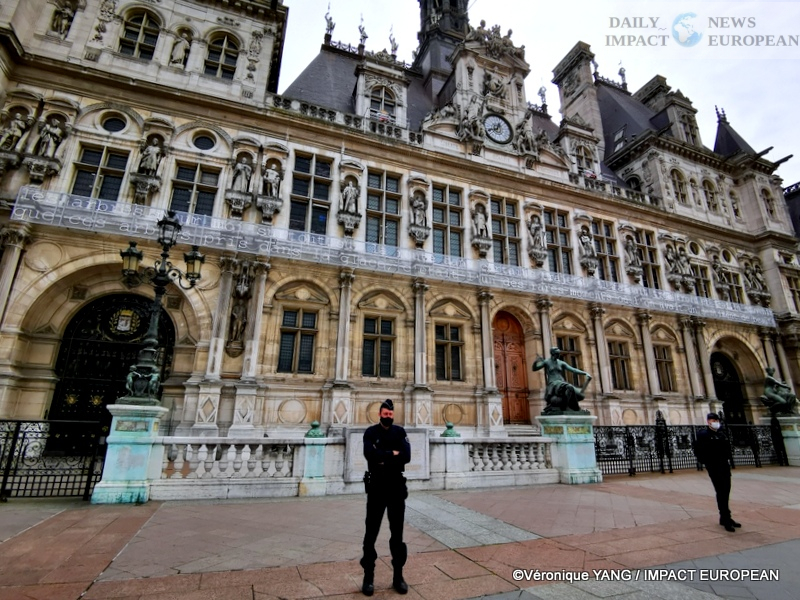
Plus d'histoires
Berlin, Strategic Crossroads: Ukraine, European Security, and the Peace Economy
Eastern Europe: Strategic Security, Russian Pressure and the Economic Reconfiguration of the European Union
Macron receives the Cypriot president: a strategic partnership for the EU